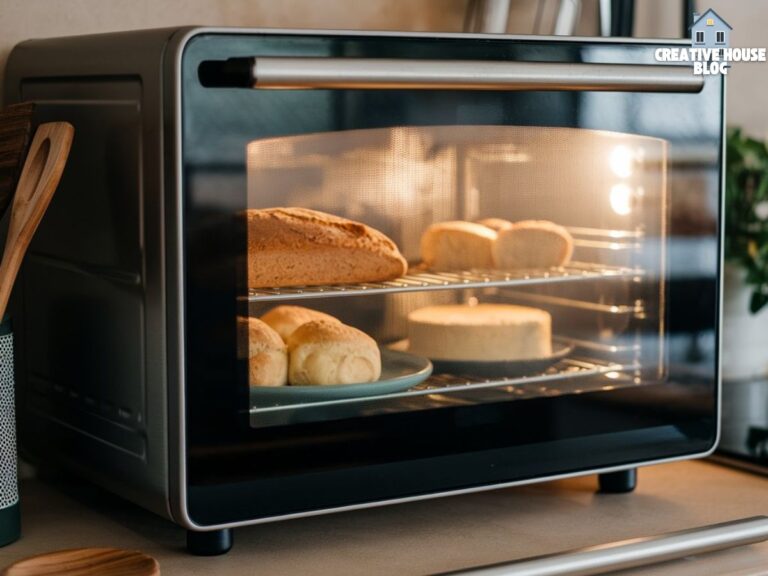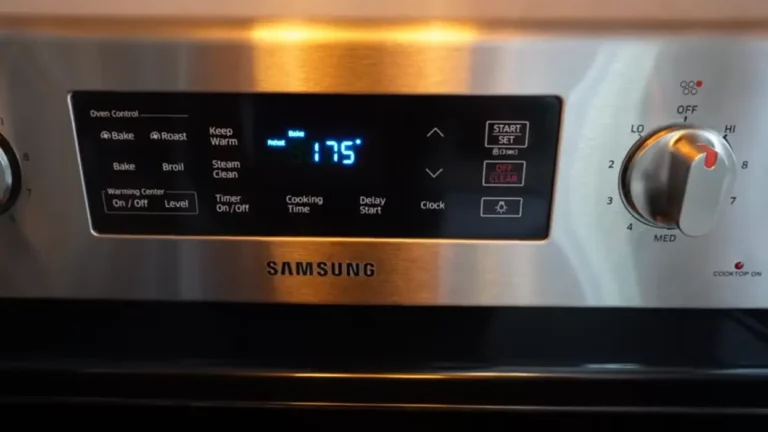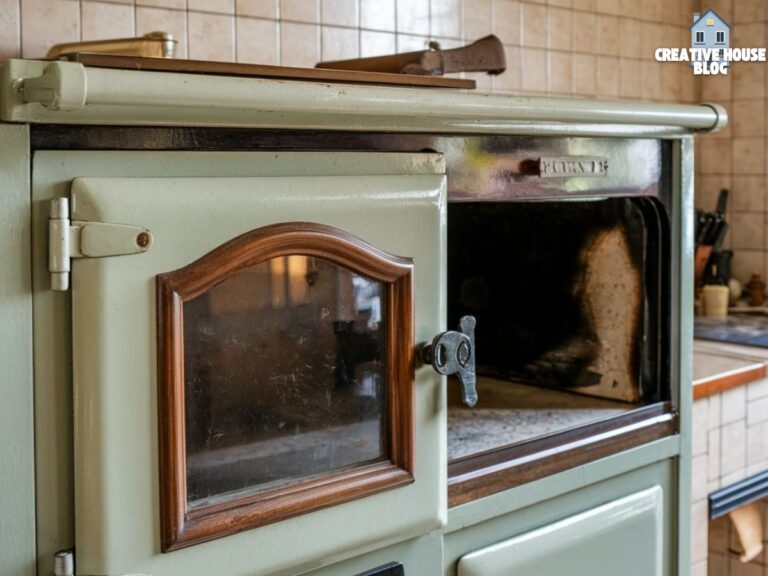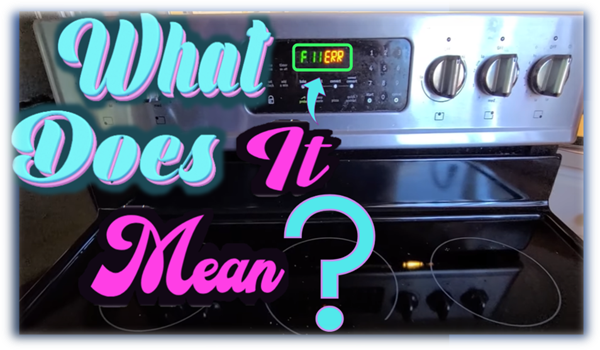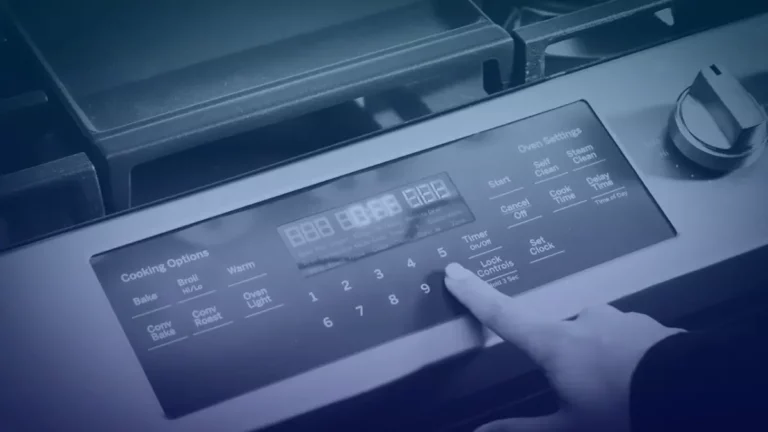Is your Viking oven not heating up? It is mostly because of insufficient power. A malfunctioning thermostat, a broken heating element, a problem with the oven door, or a malfunctioning igniter are further potential causes.
Check that the oven’s power source satisfies the necessary 220-240V requirements before attempting to fix this heating problem.
I’ll go over the most typical issues that can prevent your Viking oven from heating up along with solutions in this article.
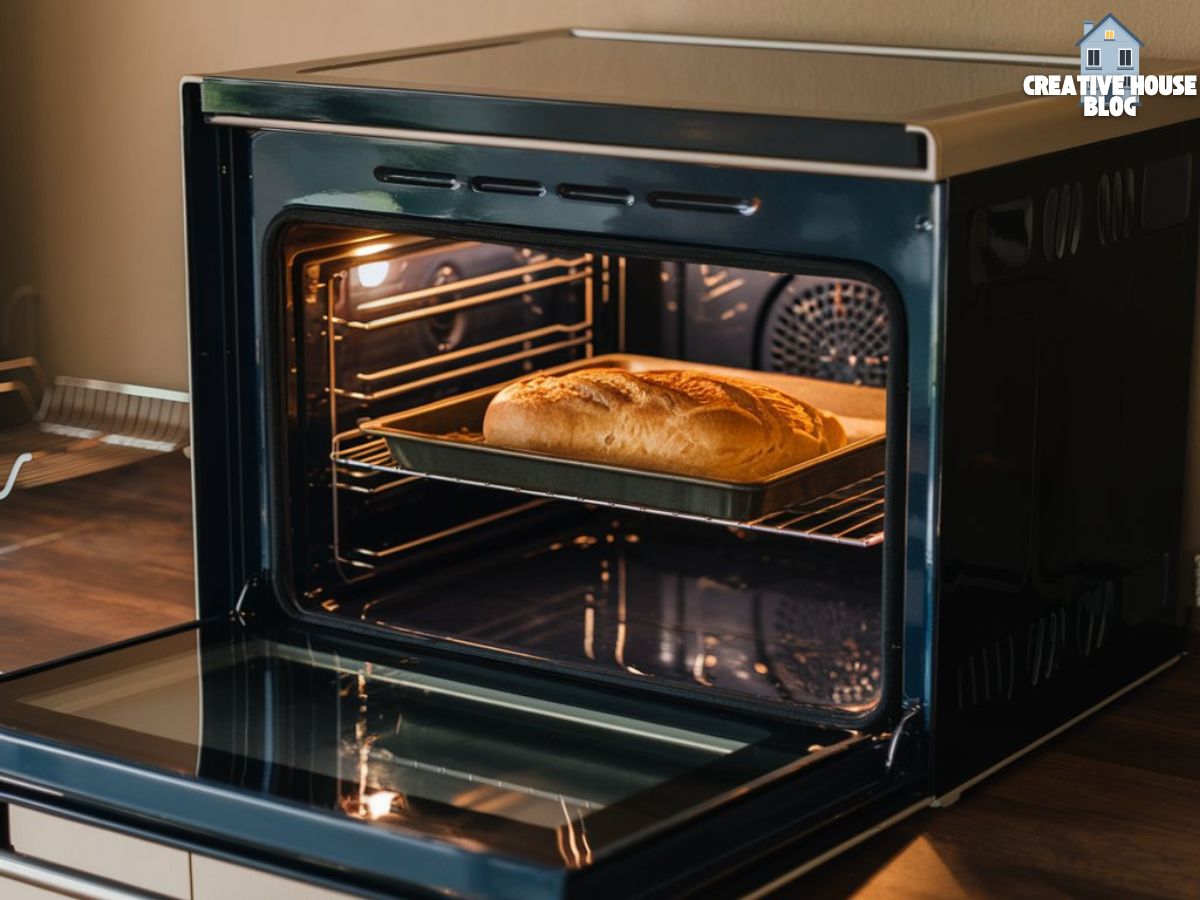
Key Takeaways
Expert Guide
Viking Oven Not Heating: Possible Reasons and Solutions
Let’s have a look at the possible reasons and fixes for the issue of your Viking oven not heating up.
1. Insufficient Power Supply
Ovens that run on gas or electricity frequently have power supply problems. Your gas oven needs electricity as well.
Therefore, if it’s a brand-new gas Viking oven, think about connecting it in for at least 120V of power to get it heating up.
Related Articles: How Can You Troubleshoot Your KitchenAid Oven Not Heating Up?
If you plug your oven in but it doesn’t heat up, it could be a sign that the power supply isn’t strong enough. There are several reasons why this happens,
- There is an error in the outlet voltage.
- A circuit breaker has tripped.
- You didn’t plug in your oven properly.
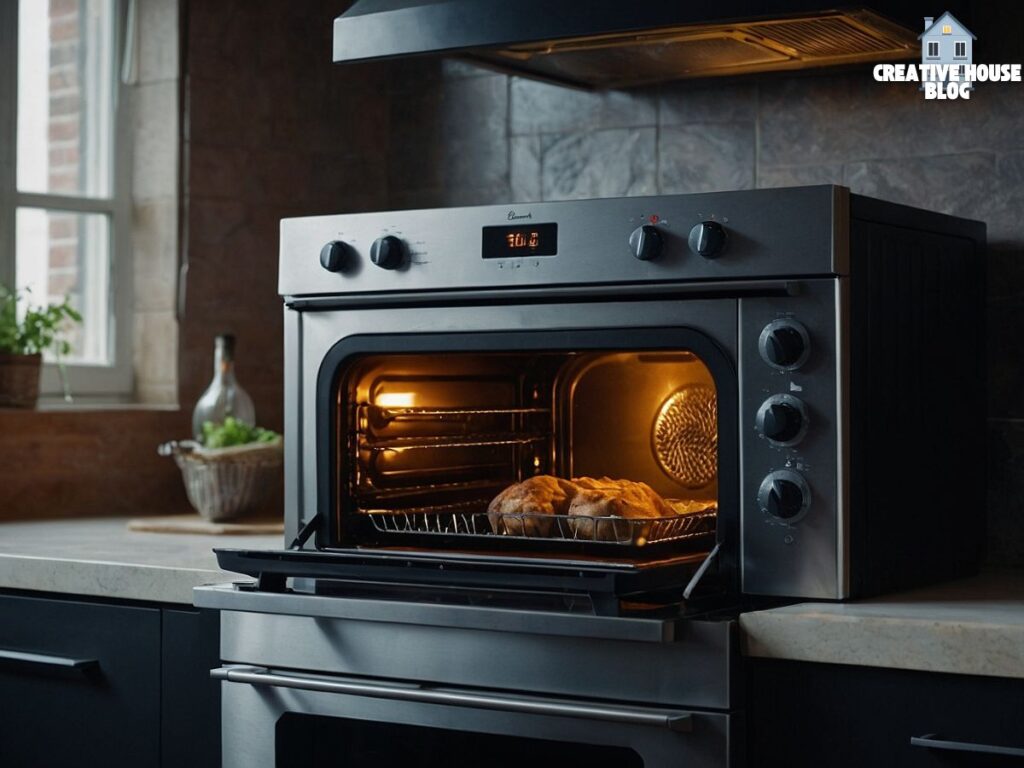
How to Fix a Viking Oven’s Power Supply
- Verify the correct outlet voltage: A gas oven can run on a 120V socket, but an electric oven requires 220V or 240V to operate properly. If not, it won’t have enough power to warm up.
- Check the circuit box: When something goes wrong with our appliances, we frequently forget about the typical problem of tripped breakers. Look for tripped breakers in your circuit box. Reset them if there are any, then try turning your oven on again.
You should inspect the cable for fraying and damage. You will need to change if that is the case.
It only takes a few easy steps to apply the power fixes covered here on your own. However, seek assistance from a trustworthy repair business if the fixes prove ineffective.
Related Articles: Kenmore Oven Not Heating: Step-by-step Troubleshooting Guide
2. Inaccurate Heating Element
Heating elements in electric ovens are coils of metal that generate heat through the use of electricity.
Both the top and bottom of the oven have Viking oven heating elements; the top element is mostly used for broiling.
When operating correctly, both elements should produce steady heat and exhibit an unbroken red glow.
A faulty heating element may suffer damage such as scorching or breaking, particularly after being exposed to the high temperatures of the self-cleaning cycle.
As a result, opt for manual cleaning for appropriate Viking oven upkeep. replace the heating element if it is broken or exhibits a lack of continuity when tested with a multimeter.
3. Temperature Sensor
To precisely control the temperature of your Viking oven, the temperature sensor is necessary.
It guarantees that the oven maintains constant heating levels when it is operating correctly.
However, serious problems could arise if the sensor fails: your oven might overheat or not heat up at all. First, test the resistance of the sensor at room temperature with a multimeter to see if it is functioning properly.
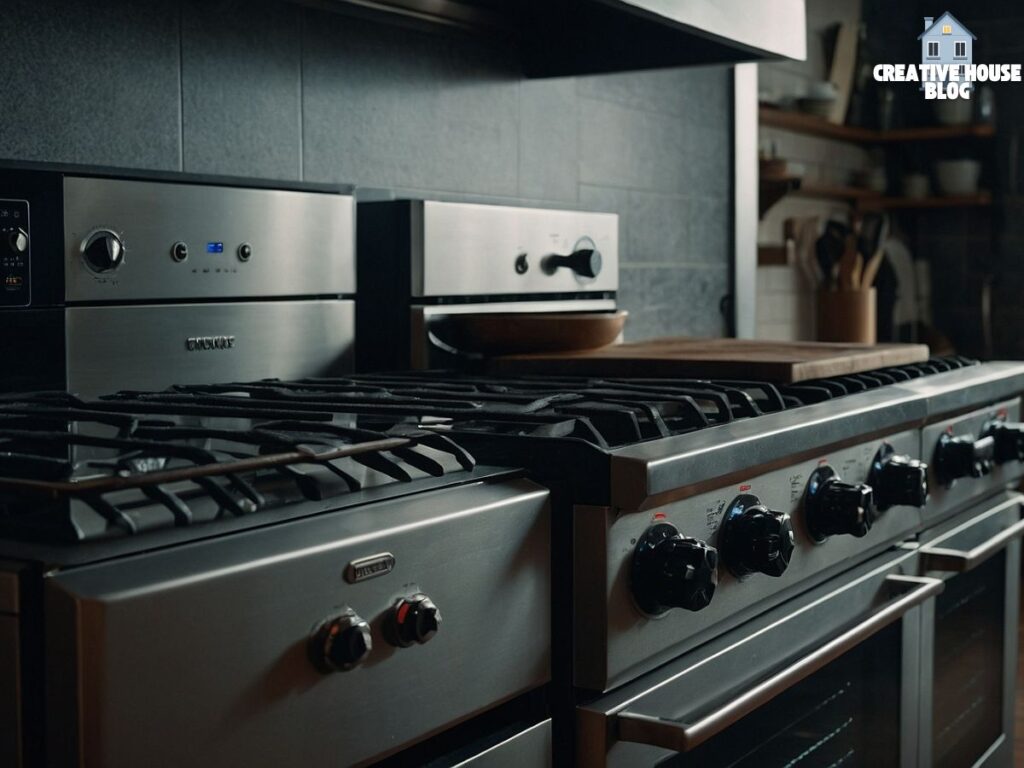
The manufacturer’s handbook usually specifies the resistance range that the sensor should display. Check your reading against this range.
To restore the heating accuracy of your oven, it may be necessary to recalibrate or even replace the sensor if the resistance value is noticeably different.
Related Articles: Thermador Oven Not Heating: 7 Troubleshooting Steps to Fix This Heating
4. Faulty Oven Door
Heating problems may also result from a malfunctioning oven door. When the door of a Viking oven is left open, the oven is set to stop heating. Therefore, your oven won’t heat up if the door doesn’t latch securely.
The following factors may cause damage to doors:
- Broken hinges
- Flawed Seals
- Bits of food and oil.
- The hinge has broken springs.
- The hinge isn’t secure enough.
- The hinge is breaking off.
You can carefully examine the hinges, replace them if needed, and then remove the oven door with the appropriate equipment.
Clean and polish everything, getting rid of any food residue, crumbs, or grease. It is simple to remove the door’s seal by gently lifting it upward. The next step is to clean the area completely and press a new seal in place.
Related Articles: What Does F11 Mean on A Stove & How to Fix It?
5. Ignitor Issue
The igniter plays a crucial role in the heating process of gas ovens by performing two essential functions.
It must first collect and send enough electricity to release the safety valve, allowing gas to enter the oven without risk.
The oven won’t heat up without this first function since the gas can’t get to the burner. After the gas starts to flow, the igniter needs to provide a powerful enough electrical spark to ignite the gas and start the flame that generates the heat required for cooking.
These two actions are crucial because the oven won’t heat if the igniter can’t produce a spark to ignite the gas or collect enough current to release the valve.
The igniter should typically light the gas in 90 seconds or less. If the gas takes more than 90 seconds to ignite, the igniter may be defective or too weak, which could cause the heating to happen slowly or not at all.
The gas may occasionally not ignite at all, which is yet another clear sign that the igniter is not operating properly.
You can use a multimeter to do a continuity test. This test determines if the igniter allows the expected flow of electrical current across it.
The igniter is most likely faulty if the multimeter reading is outside of the manufacturer’s suggested resistance range. Replace the igniter in that case.
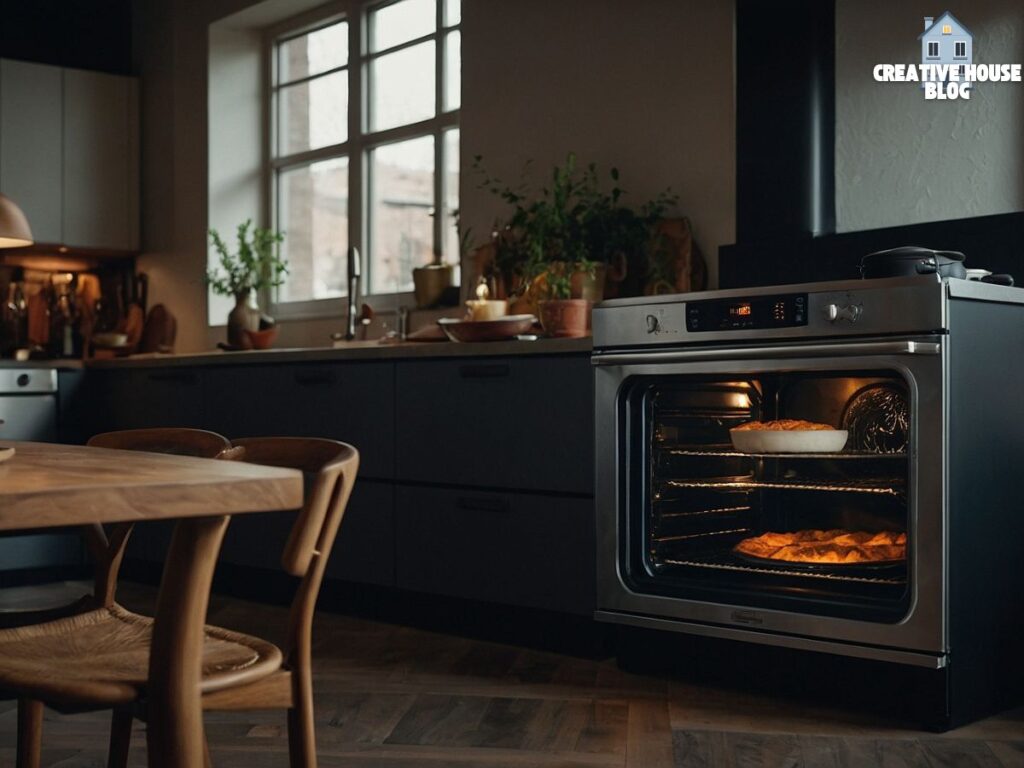
6. A Broken Thermostat
The thermostat serves a straightforward yet crucial purpose. In order for the igniter to turn on the gas, it needs power.
Your Viking oven won’t heat up if the igniter isn’t powered. A malfunctioning thermostat is problematic for this reason.
Explore Also:
Dietsheriff
Gigasecurehome
Mycleanseplan
Usually, all it takes to get the thermostat functioning properly again is to just recalibrate it. If not, you might have to replace it. It is difficult to replace.
FAQs Of How Do You Troubleshoot Viking Oven Not Heating Up?
What is the duration required to swap out a heating element in a Viking oven?
Although replacement times can vary, our specialists usually do the job in an hour.
How do you preheat a Viking oven?
Switch on the ventilator (a different product). Select “HI” on the control knob. For five to ten minutes, preheat on HI.
Is it possible to independently recalibrate the temperature sensor?
Although it is feasible, we advise seeking expert advice to guarantee precise calibration.
How hot can you get a Viking oven to?
550° F (287.8° C) to 200° F (93.3° C).
Can I safely clean my oven vents?
Yes, but proceed with caution and consult the oven’s handbook for detailed cleaning guidelines.

